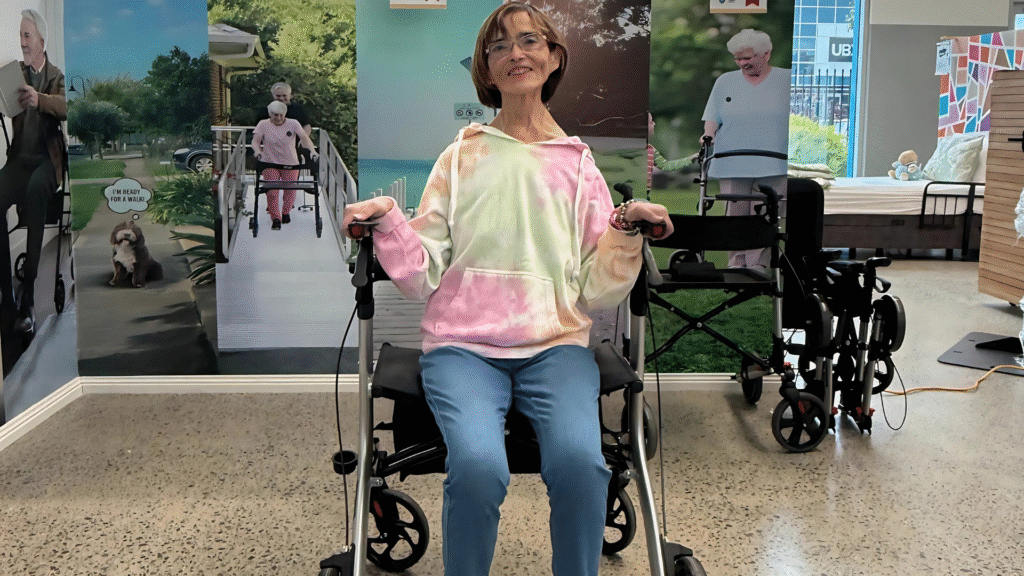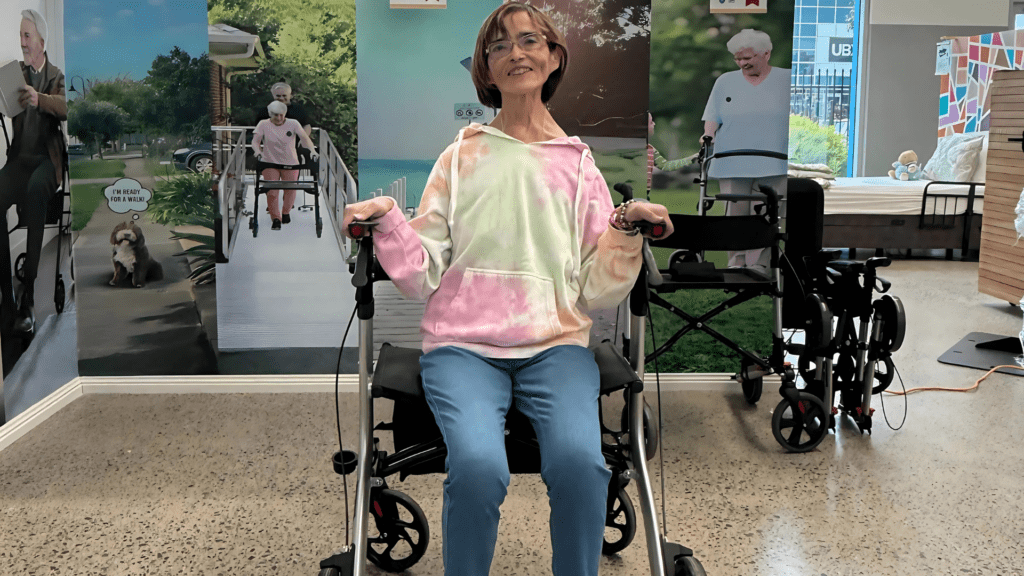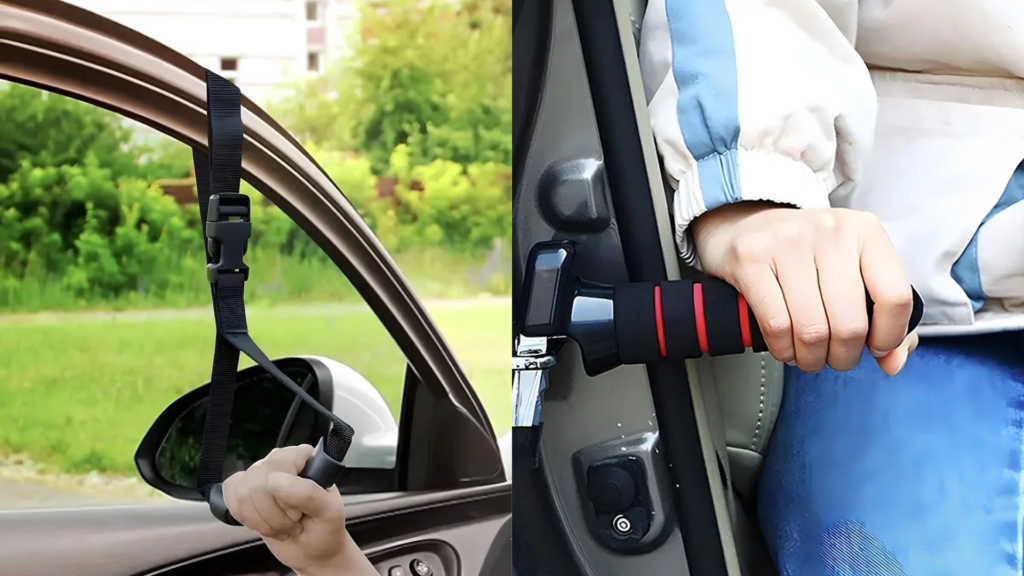Choosing the right mobility walker for seniors depends largely on where it will be used. Walkers designed for indoor environments offer different features than those made for outdoor terrain. Whether you’re a senior, carer, or aged care provider, selecting a walker tailored to the user’s living environment ensures better safety, comfort, and independence.
This guide explains the differences between indoor and outdoor walkers, what features to prioritise, and which models suit different lifestyles in Australia.
Differences in Design and Wheel Types
Indoor and outdoor walkers differ in their wheel size, frame structure, and overall functionality.
| Feature | Indoor Walkers | Outdoor Walkers |
| Wheel Size | Small (4″–6″) for tight turns | Large (8″–12″) for uneven surfaces |
| Frame Design | Compact and narrow | Wide, stable frame for balance |
| Terrain Compatibility | Smooth floors only | Handles gravel, grass, and footpaths |
| Turning Radius | Tight (ideal for hallways) | Wider radius but more stable outdoors |
| Braking System | Often basic or none | Advanced hand brakes for slope safety |
The right walker supports daily activity based on where the user spends most of their time.
Features Ideal for Indoor Environments
In retirement homes, private residences, or assisted living spaces, walkers must navigate narrow hallways, bathrooms, and kitchen spaces.
Key Features:
- Narrow frame to fit through doorways
- Lightweight and easy to lift when needed
- Tight turning radius for small rooms
- Foldable for storage or when not in use
- Tray or basket accessories for carrying items indoors
Recommended Product: Double Folding Rollator Walker – Slim, lightweight, and easy to store, ideal for apartments or aged care rooms.
Outdoor Walker Features for Stability and Safety
When walking outdoors—whether to a local park, shops, or medical appointments—seniors need walkers designed to absorb shock and support uneven terrain.
Key Outdoor Features:
- Large wheels with tread for rough or uneven surfaces
- Padded seat and backrest for taking breaks
- Weather-resistant materials (rust-proof frame, water-resistant seat)
- Strong frame for added support and balance
- Storage basket or bag for carrying essentials
- Brake locks for safety on inclines or while seated
Recommended for: Active seniors, those attending outdoor community events, or living in regional Victoria.
Explore walkers suited for parks, pathways, or rural drives in our full walker collection.
Portability, Folding, and Transport Considerations
Whether used indoors or outdoors, portability is key for travel, transport, or temporary storage.
What to Look For:
-
- Foldable frame with easy locking mechanism
- Lightweight design (especially for indoor-only models)
- Compact fold for car boot, public transport, or limited storage space
- Optional add-ons like
portable walker trays for meals or personal items
Indoor walkers tend to be more compact when folded, while outdoor walkers prioritise structure over portability but still offer foldable options.
Product Recommendations for Each Use Case
Best for Indoor Use:
Double Folding Rollator Walker
- Lightweight and compact
- Ideal for home, facility, or travel use
- Easy storage under beds or in closets
Best for Outdoor Use:
- Larger wheels for stability outdoors
- Padded seat and bag for shopping or rest stops
- Excellent for suburban paths, parks, and driveways
- Supports better posture outdoors
- Forearm support for users with back or wrist pain
- Ideal for seniors with advanced mobility needs
Allied Health Support for Walker Selection
If you’re unsure whether an indoor, outdoor, or hybrid walker is most suitable, consulting with a qualified occupational therapist (OT) can help.
How an OT Can Help:
- Assess physical needs and balance level
- Measure correct walker height and width
- Recommend suitable frame and braking systems
- Assist with NDIS or SWEP applications
- Arrange a trial for proper walker fitting
Seniors in Victoria may be eligible for SWEP support or NDIS funding for walkers that improve mobility and safety. Need assistance? Contact us for OT guidance and equipment quotes.
Conclusion
Selecting the right mobility walker for seniors depends on where and how it will be used. Indoor walkers should be compact, manoeuvrable, and lightweight. Outdoor walkers must prioritise stability, braking, and comfort on variable terrain. Some seniors may benefit from a hybrid model or may require different walkers for home and community use.
- Browse our full collection of indoor and outdoor walkers
- Contact us for product trials or walker recommendations
- Ask us how to apply for walker funding through NDIS or SWEP in Victoria
Frequently Asked Questions (FAQs)
- What’s the main difference between indoor and outdoor walkers?
Indoor walkers are more compact and lightweight, ideal for tight spaces. Outdoor walkers have larger wheels and added support for uneven ground. - Can I use one walker for both indoor and outdoor use?
Yes, but a hybrid walker must be lightweight enough for indoor use and sturdy enough for outdoor terrain. Models like upright walkers or folding rollators offer good balance. - Does the NDIS or SWEP cover indoor or outdoor walkers?
Yes. Walkers that support mobility and independence may be eligible for funding under both programs with proper OT assessment. - What walker is best for small spaces?
A narrow, foldable walker like the Double Folding Rollator is ideal for small homes or aged care rooms. - How can I test a walker before purchasing?
Contact Care With Us for a home or facility trial. Our team will help you find the right fit and setup.



